Discover Matcha at a Glance
In Japan, matcha is more than a photogenic latte; it is a living thread that stitches Zen monks, samurai focus, and neon-lit cafés into the same cultural fabric. This guide explains how powdered green tea travelled from 12th-century monasteries to modern espresso bars, why regions such as Uji and Nishio dominate the global stage, and how you can whisk an emerald bowl at home with confidence.
The Story Behind Matcha in Japan
Before we dive into tasting, let’s trace how matcha became Japan’s “green gold”.
1. From Zen Monks to Modern Cafés
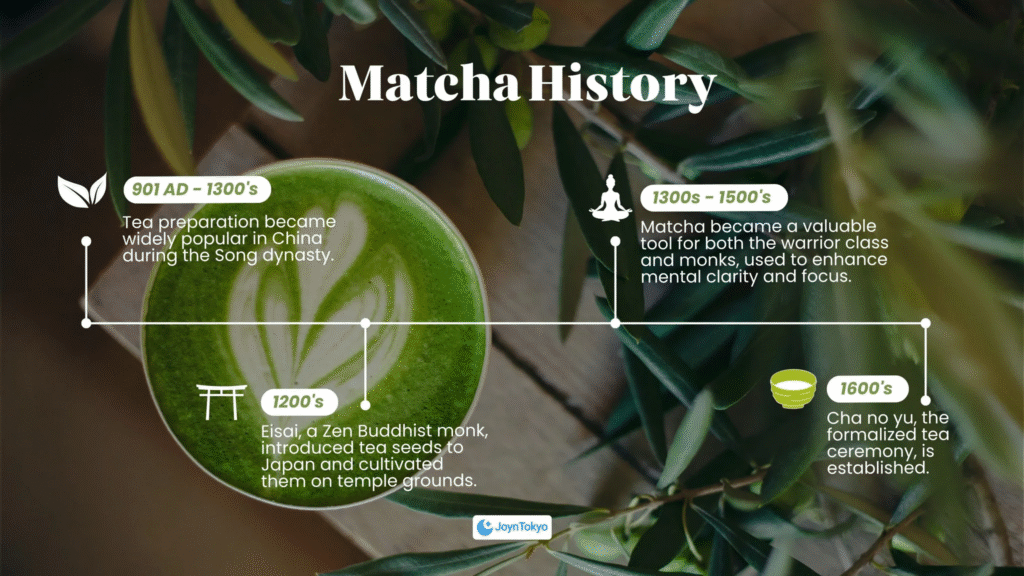
Buddhist monks first imported tea seeds from China in 1191, whisking the powder to sustain meditation. By 2025, office workers grab matcha-espresso shots before meetings—proof that Japan upgrades tradition rather than replacing it.
2. Regional Styles and Terroir
Uji (宇治, Kyoto): Misty river valleys nurture umami-rich leaves.

Nishio (西尾, Aichi): Sandy soil produces naturally sweeter powder, ideal for desserts. Look for origin labels such as “宇治抹茶 / Uji Matcha” on souvenir tins.

Experiencing Matcha Culture Today
Whether you bow in a tatami room or order nitro-matcha under LED kanji, hospitality remains at the core.
1. Tea Ceremony Etiquette
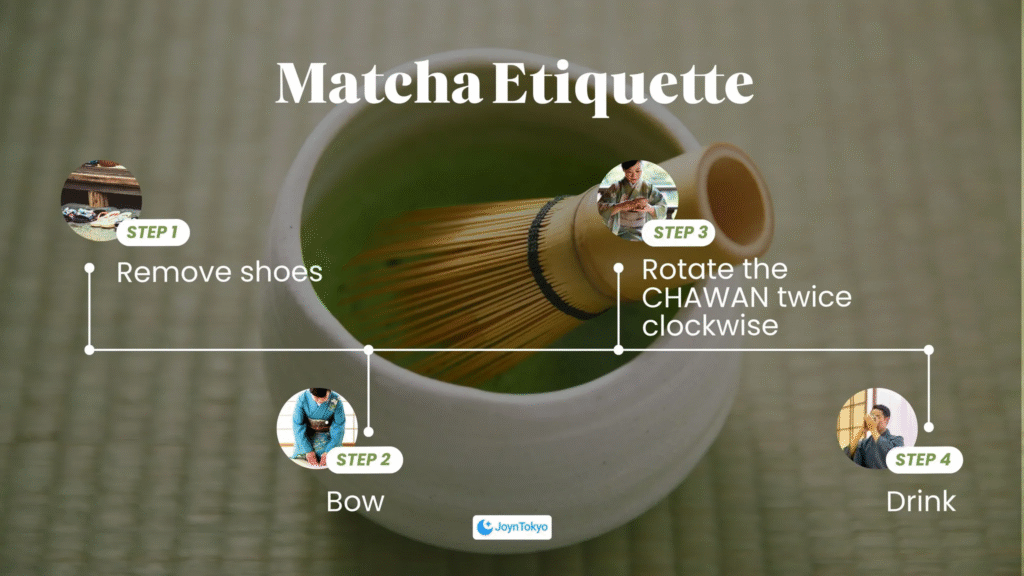
Remove shoes, bow, and rotate the chawan twice clockwise. Smart-casual attire is acceptable; sincerity outshines formality.
2. Modern Matcha Cafés
Spots like “% Arabica” (Kyoto) and “The Matcha Tokyo” (Tokyo) offer single-origin powders, calibrated water temperature, and even nitro-cold-brew matcha on tap. Perfect for flavour flights without the full ceremony.

3. Seasonal Matcha Treats
- Spring: Sakura-matcha mochi
- Summer: Matcha kakigōri (shaved ice)
- Autumn: Chestnut & matcha mont-blanc
- Winter: Sweet-potato wagashi Tasting through the calendar mirrors Japan’s deep respect for seasonality.
How to Make Matcha the Japanese Way
A silky foam and vivid jade colour come from technique, not muscle.
1. Choosing an Authentic Matcha Set
Seek bamboo whisks from Takayama (Nara) and bowls fired in Shigaraki or Mino kilns.

2. Preparing the Tools
Warm the chawan and chasen, then dry them. Sift 2 g of matcha to avoid lumps.

3. Whisking Techniques
Add 60 ml of 80 °C water. Start slowly to dissolve, then whip in a “W” motion from the wrist. Finish with a gentle pull to polish the surface. A soft hiss signals success.
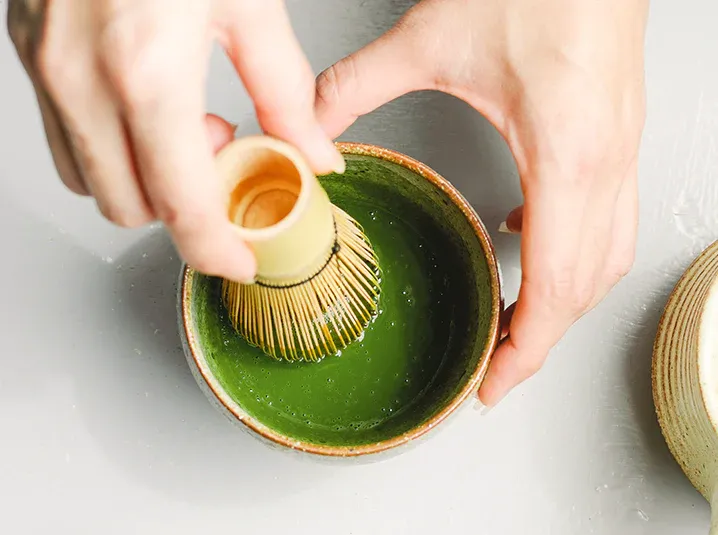
4. Common Mistakes to Avoid
Boiling water scorches flavour, metal spoons taint aroma, and unrefrigerated powder fades quickly. Cool water, bamboo tools, airtight tins—remember the trio.
Where to Find the Best Matcha in Japan
Plan tastings around the first-flush harvest (May–June) to watch shading nets descend and hand-picking begin.
1. Kyoto’s Uji Tea Farms
Farms like Hori-Shichimeien offer half-day tours and koicha tastings from ¥4,000.
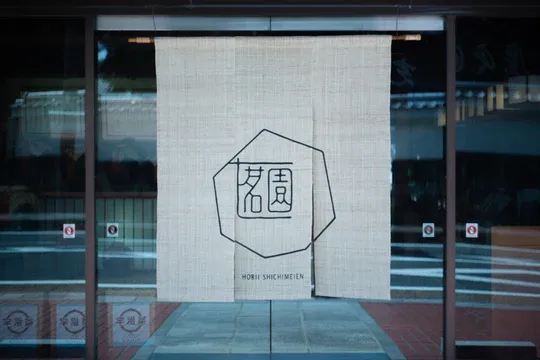
2. Nishio’s Sweet Profile
The Matcha Museum Wakuwaku (Aichi) combines interactive exhibits with soft-serve; entry around ¥1,200.
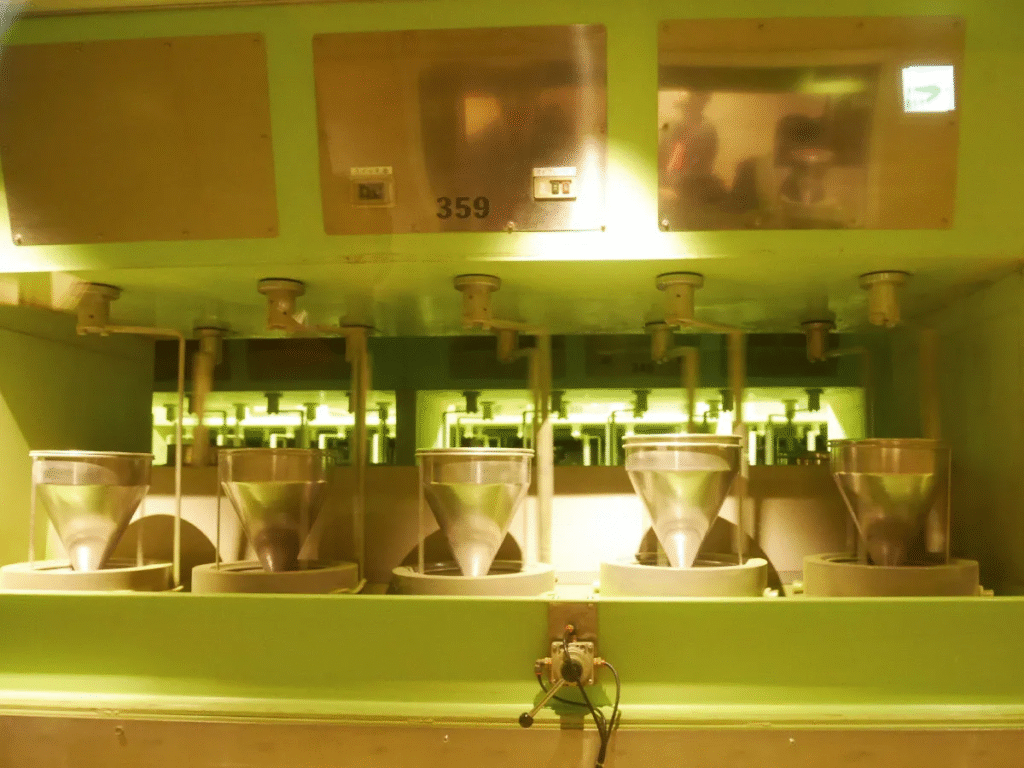
3. Tokyo’s Third-Wave Bars
At “Saten Japanese Tea” (Kichijōji), baristas pull matcha shots on espresso machines, creating crema-like foam and latte art.
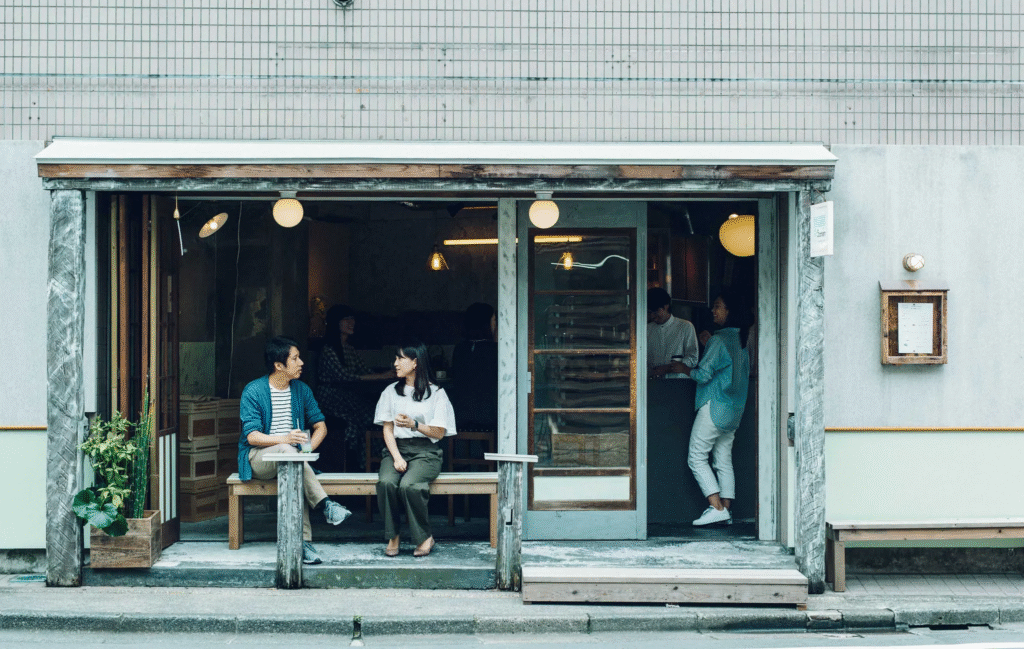
4. Online Stores Shipping Worldwide
Trusted vendors such as Ippodo and Yunomi ship globally with cold-chain packaging—ideal for restocking once you return home.

Beyond the Bowl: Matcha in Everyday Japanese Life
Antioxidant-rich matcha now colours chocolates, skincare serums, and convenience-store smoothies.
1. Culinary Applications
Chefs sprinkle matcha salt on tempura, blend it into soba noodles, and ferment matcha craft beers.
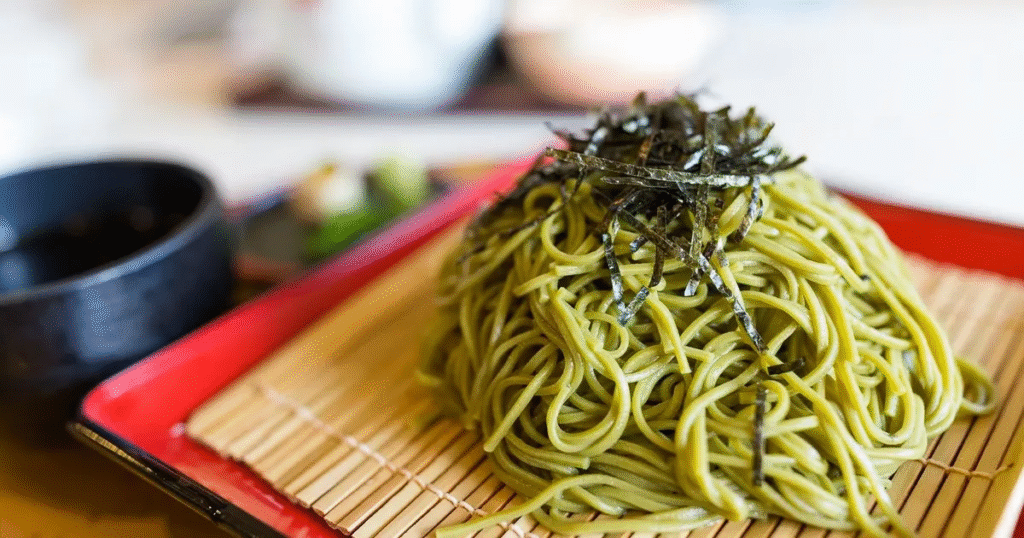
2. Health Benefits (In Moderation)
A 2023 Kyoto University review found matcha’s EGCG levels can outpace standard green tea, potentially aiding stress reduction and metabolism—though results vary by individual.
3. Matcha Tourism
Local councils promote “tea-terroir passes” bundling farm stays, cycling tours, and even green-tea mineral hot-springs (onsen).
Bringing Matcha Home: Buying & Storage Tips
Keep that emerald hue vibrant long after your flight touches down.
1. Reading Japanese Labels
Key terms: 無添加 (no additives), 石臼挽き (stone-milled), harvest year 令和7年 (2025).
2. Packing and Storage
Ceremonial-grade tins (≈ ¥2,000–¥3,500 / 30 g) belong in the fridge unopened; after opening, use within 30 days.
3. Gift-Giving Etiquette
Present matcha with both hands, include a bilingual note, and avoid bright red wrapping, which symbolises mourning in tea-gift context.
Last Sip: Your Matcha Journey Starts Now
Matcha bridges ancient mindfulness and modern curiosity. Whether you whisk quietly in a tatami-lined room or post a neon-green latte from Harajuku, each bowl invites you into Japan’s rhythm of seasons and craftsmanship. Store it well, whisk mindfully, and let every sip recall the green heart of Japan.


